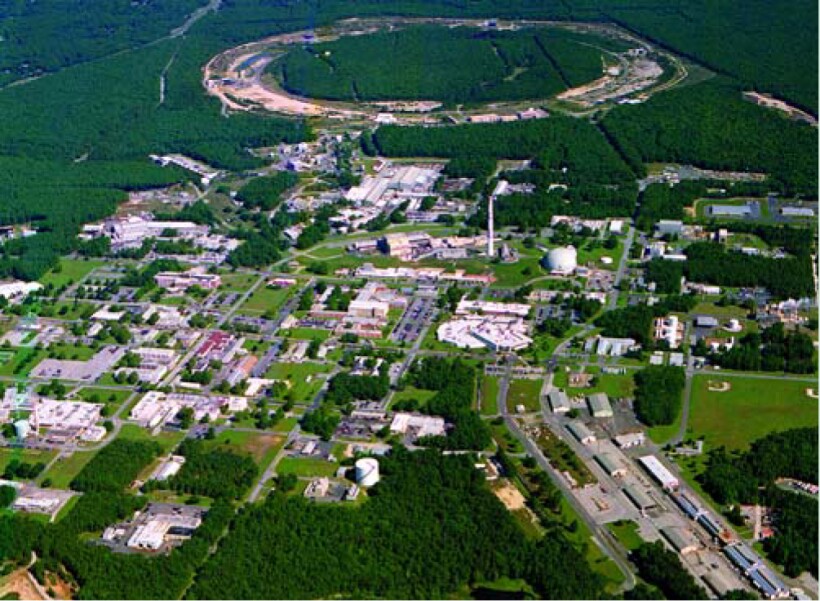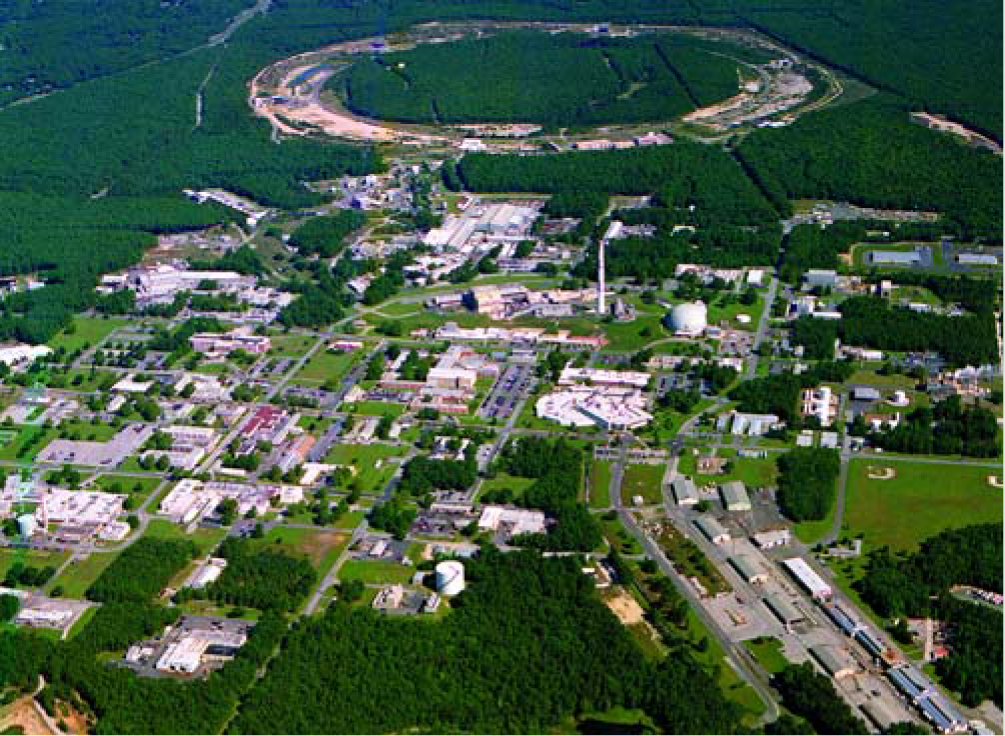Billionaire scientist rescues RHIC run
DOI: 10.1063/1.2195309
When the final federal science budget for fiscal year 2006 was passed by the US Congress in December, a cut of more than 8% in the nuclear physics budget at the Department of Energy had immediate and severe consequences for Brookhaven National Laboratory (BNL) director Praveen Chaudhari. He had a billion-dollar machine, the Relativistic Heavy Ion Collider, and not nearly enough money to operate it. Chaudhari announced that RHIC’s planned polarized-proton run for 2006 would be canceled and about 100 employees laid off (see Physics Today, January 2006, page 28
Then came the phone call from Jim Simons, a PhD mathematician who, after teaching at the University of California, Berkeley, and Harvard University, founded an investment company in the early 1970s and became a billionaire. Simons, who also chaired the mathematics department at Stony Brook University and is on the BNL board, was concerned about the RHIC shutdown.
“He called me just before Christmas break,” Chaudhari said. “He said he’d like to help raise money for RHIC. After a moment of stunned silence on my part, I had a great sense of exhilaration that we could run RHIC.”
What Simons offered, and Chaudhari accepted, was $13 million to do the 20-week polarized-proton run that had been planned before the federal funding was cut. The revived RHIC run was to begin in early February and finish at the end of June, in part because electric rates on Long Island jump dramatically in July, making the cost of continued operation of the energy-intensive collider prohibitive.
Simons’s investment company, Renaissance Technologies Corp, will provide the operating money to the Stony Brook Foundation, which will in turn give it to the Brookhaven Science Associates, the group that runs the lab. Simons issued a statement saying, “It seemed a terrible shame that so valuable a piece of scientific equipment and so valuable a team of experienced scientists be left for a year to lie fallow. We are happy to be able to help this work get back on track.”
Chaudhari said he is not concerned that private money had to be used to replace operating money that traditionally comes from DOE, but he did say it should highlight the ongoing problem with a shortfall in operating funds for federal science facilities. “Maybe this will be a service to the scientific community by pointing out that here is a case of a scientifically rich, valuable machine that we have spent a billion dollars to build, then we don’t run it because we’re short the operating money. There are other facilities in the DOE complex that have this kind of shortfall, and perhaps once and for all, they [the administration and Congress] will face it and fix it.”
Operating times at virtually all of the federal labs have been declining for the past six years. While Simons’s gift got RHIC back online, Thomas Jefferson National Accelerator Facility (Jefferson Lab) in Virginia is still facing a reduction in operating time for its Continuous Electron Beam Accelerator Facility (CEBAF) because of the same nuclear physics budget cuts that hurt Brookhaven.
When the operating problems arose for RHIC and CEBAF in December, Jefferson Lab director Christoph Leemann said his science programs could handle a one-year interruption in funding without too much damage, but if the cuts became the “permanent baseline,” the lab would have serious problems. As Physics Today went to press, the administration’s proposed FY 2007 budget included a whopping 34% increase in the DOE nuclear physics program, enough funding to assuage Leemann’s concerns (see the story on page 25).
In a 6 February budget briefing, DOE’s Office of Science director Raymond Orbach said RHIC would not only be fully funded in FY 2007 but upgraded. He also said there would be money for developing the National Synchrotron Light Source II at Brookhaven, and for the 12-GeV upgrade to CEBAF at Jefferson Lab.
The administration budget is always changed, sometimes dramatically, by Congress, and the final FY 2007 numbers for operating RHIC, CEBAF, and other federal scientific facilities likely won’t be known until late this year. But for the moment, Brookhaven’s Chaudhari, rescued by an investment billionaire, won’t have to worry. Still, he points out, “there aren’t that many Jim Simonses in the world,” and the probability of having a billionaire scientist who understands and values a big physics machine enough to pay millions of his own dollars to operate it is “very small.”

Polarized protons will flow for 20 weeks around the 2.4-mile ring of the Relativistic Heavy Ion Collider (top center) at Brookhaven National Laboratory, thanks to a $13 million gift of private money.
BNL

More about the Authors
Jim Dawson. American Center for Physics, One Physics Ellipse, College Park, Maryland 20740-3842, US .
